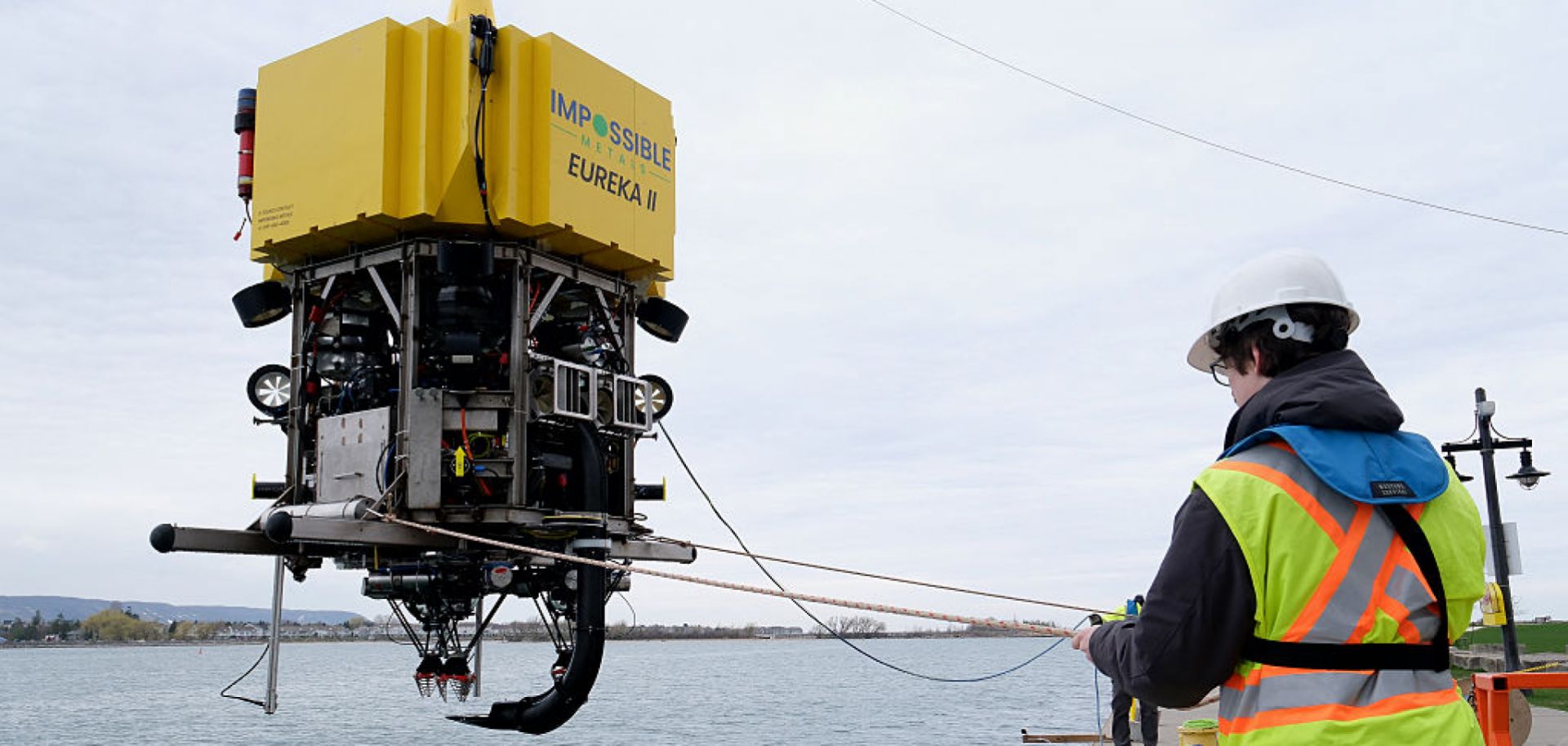The speculative but potentially highly lucrative field of deep-sea mining will likely slowly begin to result in commercial extractive operations in the coming years, opening the door to new sources of critical minerals but also spurring potential risks, including the likelihood of maritime disputes and long-term environmental degradation. On July 21-25, the International Seabed Authority, or ISA, will hold the final meeting of its 30th annual session to attempt to finalize a framework for deep-sea mining to clarify rules on taxation, royalties and sanctions for noncompliance. Deep-sea mining seeks to extract critical minerals found underwater in polymetallic nodules, crusts and hydrothermal vents, including copper, nickel, cobalt, silver, gold, zinc and manganese. While the ISA has been attempting to impose guidelines around the practice for almost a decade and currently issues sea-mining exploration licenses, competing national interests have stymied progress on binding regulations to oversee actual commercialized mining operations. The upcoming...

